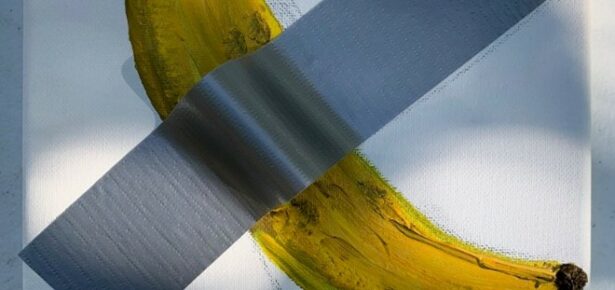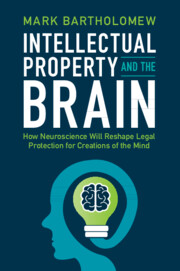
What is art? That’s at the heart of a copyright dispute involving two artists who both did the same thing: tape a banana to a wall. A federal court in Florida waded into the issue in July. Beginning his opinion with the question, “Can a banana taped to a wall be art?,” a Miami judge answered with a resounding yes.
Copyright law frequently grapples with the question of whether something is sufficiently artistic enough to deserve a legally enforceable monopoly against others. The law demands that a work be “original” and “creative.” The thought is to limit copyright protection to the kinds of activity that we want to incentivize—we don’t need to encourage the uninspired or hackneyed.
The problem is that deciding whether someone’s creation meets the legal cutoff for artistry is a fraught exercise. Judges are legal experts, not art critics. Over a century ago, Oliver Wendell Holmes famously stated that “[i]t would be a dangerous undertaking for persons trained only to the law to constitute themselves the final judges of the worth of pictorial illustrations.” Unlike patent law, which allows for rigorous comparisons against what came before in the relevant field, copyright courts eschew such comparisons fearing they will miss something and snuff out the next Monet or Ellington.
There is a palpable judicial terror at the prospect of reasoning about aesthetic matters, which the law deems to be inherently individualized and not susceptible to objective evaluation. As a result, the courts have diluted the legal meanings of “originality” and “creativity” such that they have become the sort of tests that anyone can pass, even someone who tapes a banana to a something and calls it art. As the court hearing the taped banana case explained, even though the idea of taping a banana to a canvas is unprotectable, the author’s particular representation of that idea is. And to authorize legal protection for that representation, a judge only needs to believe that the work at issue represents the author’s “subjective judgment”—a bar that almost any expression, no matter how banal, will pass.
This discomfort with aesthetic matters goes beyond copyright law. It plagues the law of commercial design as well, with courts routinely rubber stamping any application for design patent protection so long as it is not an exact copy of what came before. On a variety of other fronts—from tax law to land use to obscenity—questions about what is art sneak into legal decision-making even as judges wring their hands at the prospect of rendering an aesthetic judgment.
To some degree, aesthetic evaluations are unavoidable in something as omnipresent as legal rules. Moreover, even if it once made sense to avoid judgments about human creativity, it does no longer. We know a lot more about the creative process today than we did in Holmes’ time, or even a decade ago. New scientific understanding of the biological processes behind artistic creation offer pathways for injecting some content into legal categories like “originality.” For example, old “left brain/right brain” theories about the difference between the artistic and the scientific have been debunked. It turns out that whether you are inventing a drug or composing a song, any advance requires an understanding of what came before along with focus and sustained effort. Yet intellectual property law remains particularly tied to mistaken views of this process, with judges routinely deeming instantaneous, accidental acts (like thoughtlessly taking a picture) as sufficiently “creative” to earn copyright protection.
This all matters because the easier it is to assert an intellectual property right in something, the less material there is for other would-be creators to freely use. Sometimes a second user might be able to claim that their work is sufficiently different from the copyrighted work or can take advantage of a legal defense like fair use. But often these would-be creators are scared away by letters from attorneys and the prospects of spending resources on their own defense.
Decisions that allow almost anything to be copyrighted shrink the public domain. They impoverish our cultural environment, instead of making it richer, by stifling secondary creations. Instead of actually tracking the way in which creative output is generated, they offer legal protection in cases where it is unnecessary. That is why the case of the duct-taped bananas is no laughing matter.

Latest Comments
Have your say!